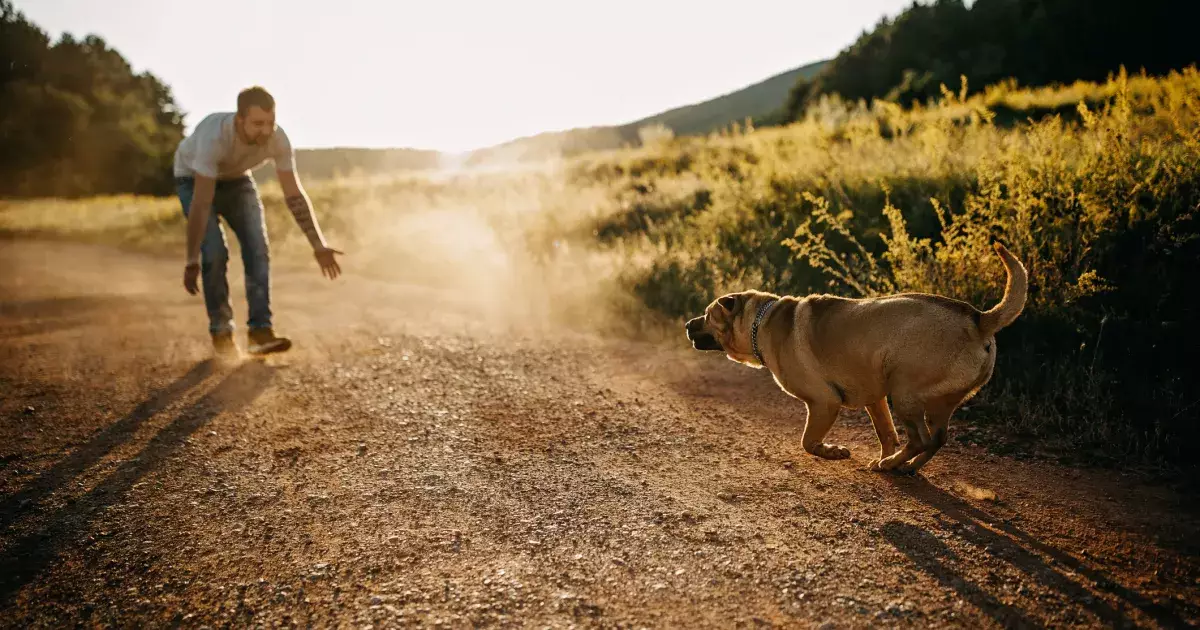Teaching your dog to respond reliably to the “come” command is crucial for their safety and your peace of mind. A strong recall not only helps prevent embarrassing escapades at the park but also ensures your furry friend remains safe in potentially risky situations. This article will guide you through the systematic approach to instilling a solid recall command, from the initial training stages to gradually introducing challenges.
Starting the training process in a controlled, distraction-free environment is imperative for success. Ideally, this setting should be indoors or in a securely fenced yard where temptations and distractions are minimal. If your dog is overly attached and can’t be left alone for long, enlist the help of a friend to hold your dog while you create distance. This separation allows you to practice the recall effectively without the constant tug of your dog’s presence.
Once you are at a reasonable distance, it’s time to harness your dog’s attention. Hold a treat enticingly while backing away a few steps, getting down to their eye level, and using an open-arm gesture to appear welcoming. It’s important to call your dog with an upbeat and cheerful tone, saying, “Come!” Your enthusiasm will convey the fun that lies ahead, prompting them to move towards you. As they begin to approach, greet them with enthusiastic praise—words like “Good dog!” serve to reinforce positive behavior. If they stray away, halt your praise immediately; your dog needs to understand that attention comes as they move closer.
This exercise is not a one-time affair. Repeating the process consistently solidifies the expectation that coming when called leads to joyous rewards, both verbal and physical. After successful initial sessions, lessen the frequency of treats to encourage your dog to recall without expecting a reward each time, though verbal praise should always remain a constant.
Fine-Tuning the Response
As your dog becomes more adept at responding to the “come” command, you can introduce nuance into your teaching style. If your dog does not respond promptly, avoid reprimands. Instead, re-engage them by jogging backward, creating a sense of chase. This method makes the command feel like a fun pursuit rather than a chore. Incorporating sounds, such as clapping your hands, can further stimulate their interest and prompt them to join in.
It’s also essential to establish that immediate responses to the initial command are indeed rewarded. For example, you might call your dog with a slight tone shift when they become distracted. Ensure that you reward them for positive follow-through while withdrawing treats when they don’t adhere to the command. By gradually increasing the stakes—removing nearby distractions or introducing brief periods of distance—you’ll help them learn that responsive behavior is beneficial for them.
Many dog owners inadvertently undermine their efforts when teaching the recall command. Often, the issues arise from unintentional habits or negative associations. For instance, if a dog learns that coming back results in something undesirable—like leaving a park or facing reprimands—they will be less inclined to respond. To combat this, ensure every recall is treated as a game. Frequent practice during walks, play sessions, and outings will help build a routine while keeping the experience light-hearted and enjoyable.
Furthermore, when assessing your command effectiveness, consider that your training should evolve. Gradually add distractions, like other dogs or toys, and begin practicing in environments like dog parks, which are often filled with exciting stimuli. Begin with leash training in these environments, rewarding successful recalls, before eventually giving your dog the freedom to explore off-leash.
The Path to Consistency
Ultimately, achieving a refined recall takes time, patience, and consistent practice. Stay attuned to your dog’s learning pace and adjust your approach as necessary. In challenging situations, scale back your expectations. If they seem distracted or unresponsive, shift closer or eliminate specific distractions. Confidence builds with gradual exposure to more complex environments.
Perfecting your dog’s recall command is an ongoing endeavor that fortifies the bond between you and your furry companion. Through careful training, thoughtful engagement, and avoiding common mistakes, you’ll nurture a reward-driven, responsive prize that enhances your experiences together. Whether your adventures lead to parks, trails, or dog-friendly events, knowing your dog will respond to your call brings immense satisfaction and safety to all his outings.

